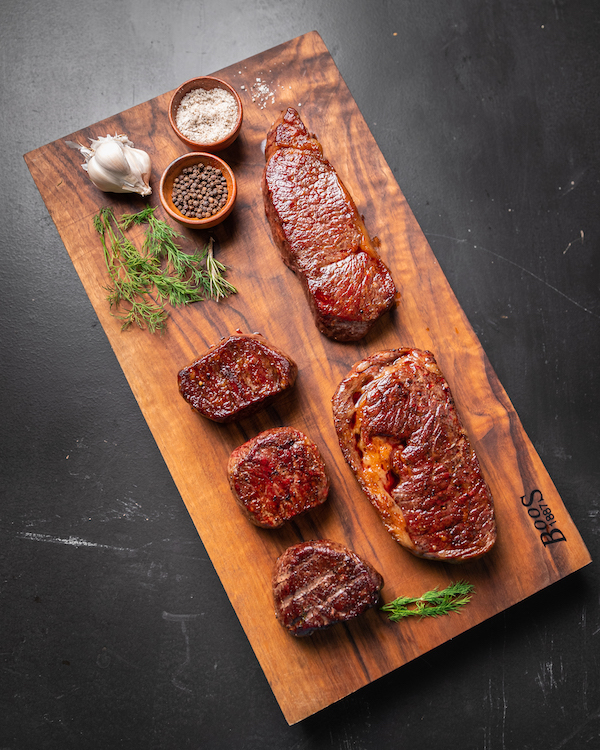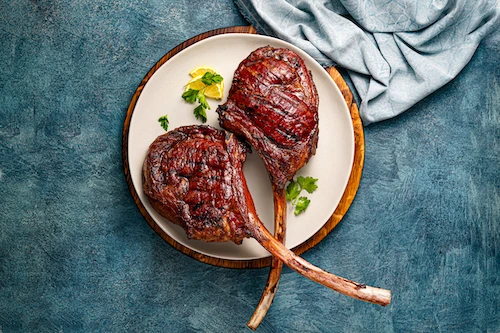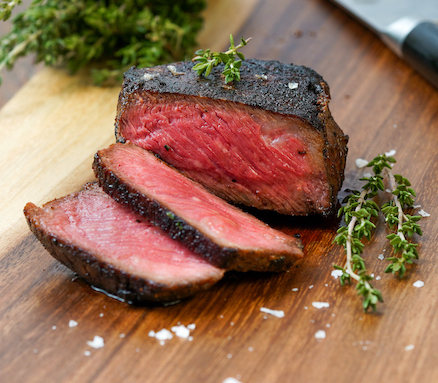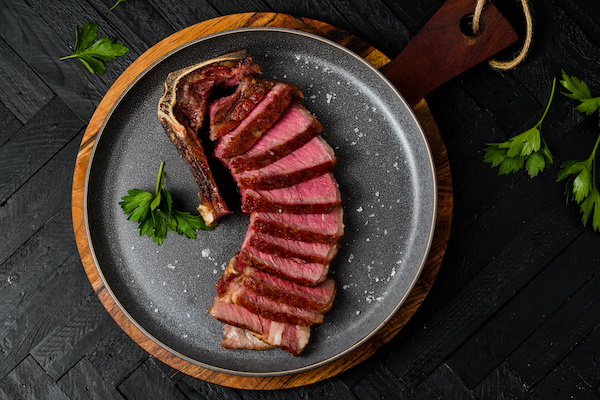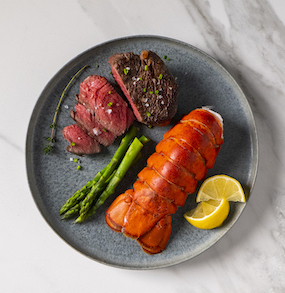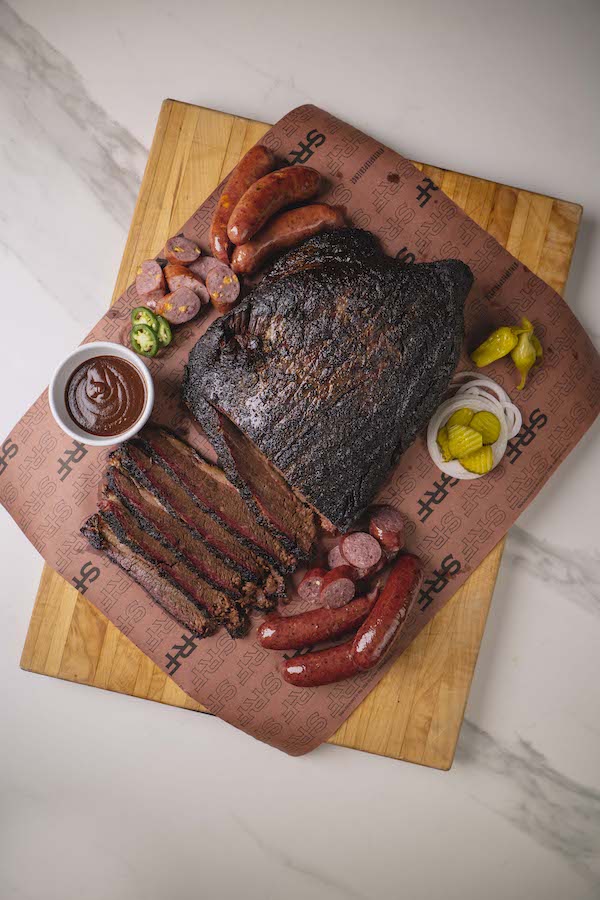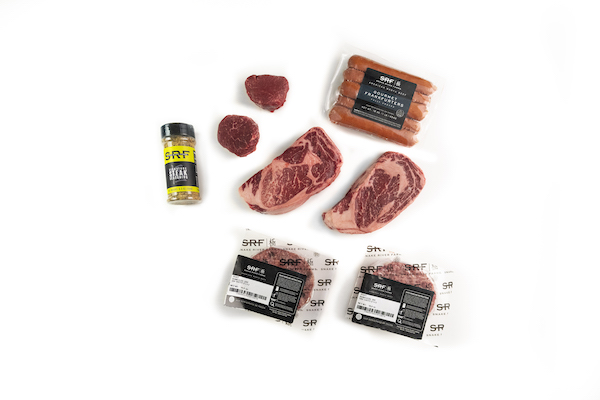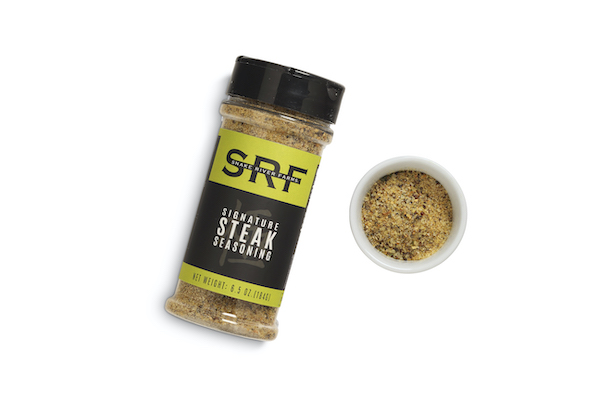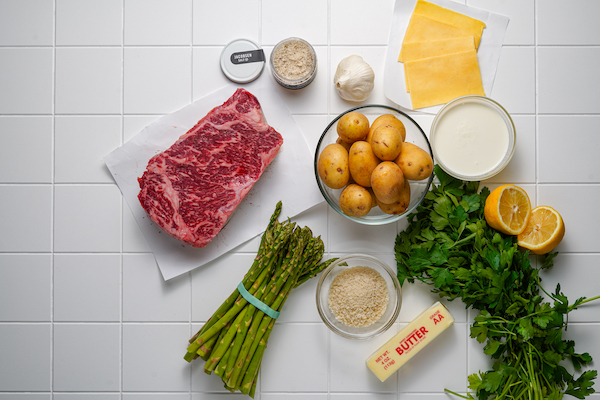Pork Collar Carnitas
Ingredients
Carnitas
-
1 SRF Kurobuta pork collar (4-5 pounds) Buy Now
-
1.5 pounds of lard
-
1 tablespoon kosher salt dissolved in 1/2 cup of warm water
Salsa de Tomate (Tomatillo Salsa)
-
1 pound tomatillos
-
8-12 Chile de arbol, destemmed (8 for mild, 12 for spicy)
-
1 tablespoon course sea salt
Verduras en Vinagre or Escabeche
-
2 carrots, sliced thinly on a bias
-
½ onion, sliced thin
-
1 habanero, whole
-
2 jalapeños, sliced thin
-
8 sprigs of thyme
-
8 sprigs of oregano
-
4 sprigs of marjoram
-
4 bay leaves
-
1 teaspoon allspice, crushed
-
1 teaspoon black pepper, crushed
-
4 cups apple cider vinegar
-
2 cups water
-
1 tablespoon piloncillo or dark brown sugar
To Serve
-
Corn tortillas
-
Lime wedges
-
Cilantro
Put the lard in a large dutch oven and heat over medium-high heat.
Cut pork collar into large chunks, about 3-inch cubes. Don’t get rid of any of the fat.
When the lard starts to smoke, gently put the meat into the lard, arranging so as much of the meat is submerged as possible. There should be at least 3 inches of space between the top of the lard and the lip of the pot. Turn the heat up to high.
Cook the meat on high for 10-15 minutes, until it starts to brown.
Once the meat is browned, turn the heat down to low. Slowly, about a quarter cup at a time, and add the salted water to the meat, spreading it out over the top of the meat. Add slowly, otherwise the water will cause the lard to bubble up over the top of the pan lip.
With the heat on low, cook the meat for about 1 hour and 15 minutes, stirring occasionally and checking the texture every 15-30 minutes.
While you are waiting for the meat to cook, make the salsa.
Once the meat is tender, turn the heat back up to high and cook for about 15 minutes to crisp the outside.
Remove the meat from the pot with a slotted spoon and let drain on a baking sheet with a cooling rack. Using a large knife or a metal bench scraper, roughly chop the meat into chunks. For particularly fatty pieces, chop them smaller and mix them into the meatier bits.
Serve the carnitas immediately, or save for a later time. To reheat, heat in a frying pan with a little bit of lard or oil until lightly browned and warmed through.
Take the tomatillos out of their husks and rinse them with warm water twice to remove the sticky resin. Set aside to dry.
In a cast iron skillet on medium heat, toast the chiles until dark and fragrant. Put them aside.
In the same pan, add the tomatillos and roast, turning occasionally, to char on all sides, and until the tomatillos turn yellow and start to burst.
In either a molcajete (traditional mortar & pestle) or a blender, combine the chiles and the sea salt. Blend or pound until finely ground. Add in the tomatillos and blend until smooth. Taste, and add more salt if necessary.
In a small saucepan, combine apple cider vinegar, water, allspice, black pepper, bay leaf, and sugar. Bring to a boil and then turn off the heat. Let it sit to cool slightly while you prepare the vegetables.
Slice the vegetables thinly, except the habanero. The pickles will already be spicy with the jalapenos, but if you’d like your pickles extra spicy, cut the habanero into halves or quarters.
Pack the vegetables and the fresh herbs into a nonreactive container (glass or ceramic is best). Gently pour the still-warm vinegar mixture over the top, making sure to completely submerge the vegetables.
Cover and keep in refrigerator for at least a day before using, and up to 3 weeks.
Build a taco with carnitas, a couple slices each of the carrots, onions, and jalapeños, and a scoop of salsa. Top with chopped cilantro and a squeeze of lime.

